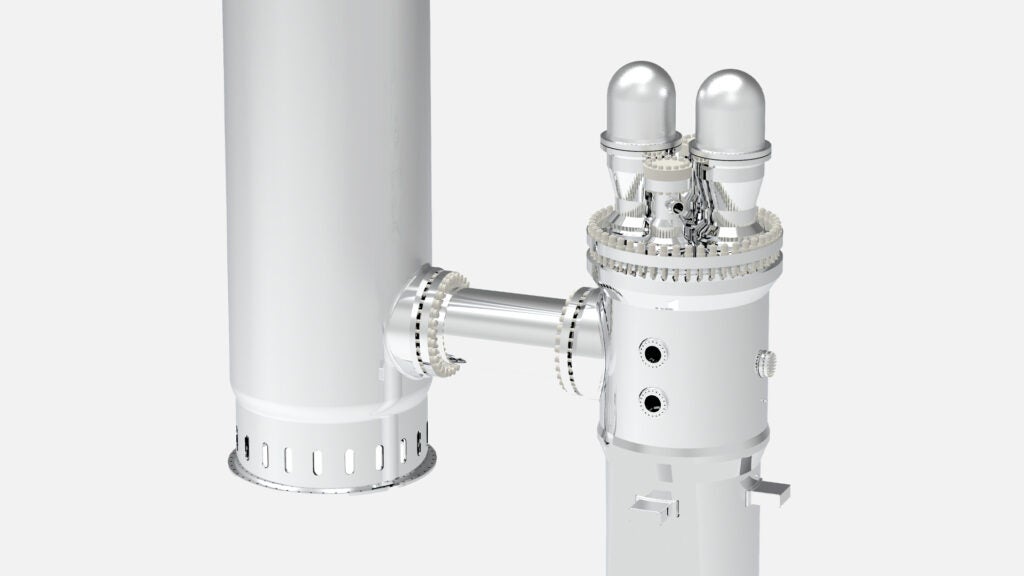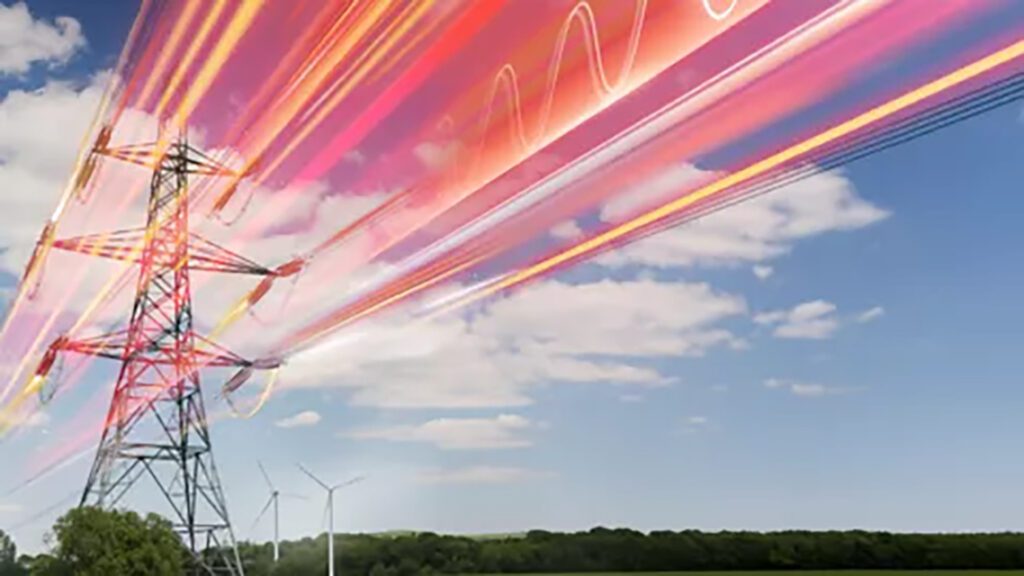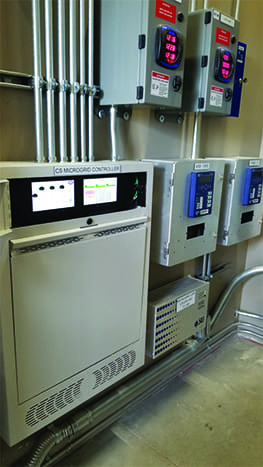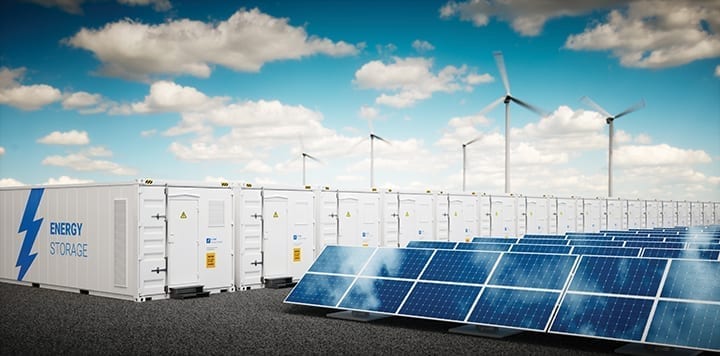The Solar Energy Industries Association (SEIA) published a white paper outlining the industry group’s vision for U.S. energy storage, setting a target to install 10 million distributed energy storage sites and reach 700 kWh of installed storage capacity the end of the decade.
The white paper, released Jan. 28 along with a guide to energy storage regulatory policies in each of the 50 states, discusses policy recommendations that would open markets for development of energy storage. The paper, which can be accessed here, also looks at ways to obtain financial support for storage, build a U.S. storage supply chain, and support the continuing push for long-duration storage technology.
“Expanding energy storage capacity is a crucial means of ensuring our nation’s energy security and resilience,” said SEIA president and CEO Abigail Ross Hopper. “As demand for energy soars, storage helps turn quick-to-build, low-cost solar generation into clean, dispatchable power, ensuring our grid can adapt to challenges, support critical infrastructure, and deliver reliable power to every community.”
Connect with POWER at the InterSolar & Energy Storage North America conference in San Diego, California, Feb. 25-27, 2025. Read more of POWER’s coverage of energy storage here, and make plans now to attend Experience POWER, our long-running flagship event, scheduled for Oct. 29-31, 2025, in Denver, Colorado.
Data from Wood Mackenzie shows there currently is 83 GWh of installed energy storage capacity in the U.S. The group also said there are nearly 500,000 distributed storage installations.
SEIA on its website states, “Solar and storage are a dynamic pair, and together will form the backbone of a clean, reliable electricity system. Storage is critical to our nation’s climate stability, energy resilience and abundance, and to a smoothly operating grid.”
Jason Kaminsky, CEO of kWh Analytics, a renewable energy risk assessment group, told POWER that solar paired with energy storage will be the primary source of long-term growth to meet increasing energy demand. “Despite an expected near-term increase in natural gas, solar and storage will continue to be the primary source of long-term growth to meet increasing energy demand spurred on by economic growth, crypto and AI,” said Kaminsky. The executive also said that resilient supply chains will enable solar to manage industry cost structure, even in the face of new or stronger tariffs from the Trump administration.
“Solar and storage growth are unlikely to be excessively disadvantaged by new or strengthened tariffs. Years of prior tariffs and restrictions have made solar supply chains resilient and dynamic, historically enabling the industry to manage cost structure,” said Kaminsky.
‘Positive’ About Solar and Storage
Eric Packer, senior vice president of Strategic Initiatives at Rexel USA, a major U.S. electrical distribution company, recently told POWER his company remains positive about solar energy paired with energy storage. “Our outlook remains positive for PV and energy storage systems. Stored solar energy enables the allocation of energy on demand instead of only being able to have energy when the sun is up, which has been a limiting factor,” said Packer. “We continue to see interest and investments in microgrids, which harness solar energy and reapply it back to the grid at peak demand times or as needed from demand.”
Current industry forecasts show that U.S. storage capacity is expected to reach 450 GWh by 2030, though analysts have said that is not enough to support the need for storage, which often is used to help balance the intermittency of renewable energy resources such as solar and wind power.
The SEIA is asking states, regional transmission organizations, and the federal government to pursue accelerated deployment of energy storage, and more manufacturing of equipment to serve the sectors. The actions include:
- Preserving the federal tax credit for standalone storage.
- Ensuring equal grid access and fair compensation to storage for grid services.
- Reforming interconnection processes to account for storage flexibility.
- Establishing affordable retail rates for storage charging.
- Supporting domestic manufacturing with targeted trade policies and streamlined permitting.
- Implementing state-level procurement programs.
- Emphasizing investments in low-income communities, including areas disproportionately impacted by extreme weather and poor air quality.
- Investing in further development of long-duration storage.
“The U.S. storage market is at an inflection point, but with the mix of policy support and private, state and federal collaboration, we can achieve SEIA’s storage targets while creating jobs and ensuring reliable, around the clock power for every home and business in this county,” said Joan White, SEIA’s director of storage and interconnection.
Andrew Tang, vice president, Energy Storage and Optimization for Wärtsilä Energy, recently addressed the landscape for energy storage. Tang told POWER: “In an effort to reach these goals, [e.g. ambitious climate targets from COP29 and the rapid expansion of AI infrastructure], energy storage projects will continue to grow in size and scope. The size of energy storage projects has been steadily increasing to the multi-gigawatt-hour scale and will continue to do so next year.”
Tang continued, “Energy storage systems will continue to be increasingly geared towards energy shifting, driven by the ever-growing penetration of intermittent renewable energy generation and the concomitant need to store energy for dispatch in times when supply and demand are mismatched. At the same time, dedicated renewables firming requirements are popping up in a diversity of markets globally. As these projects move closer to population centers, addressing challenges like noise mitigation and fire safety will become even more critical.
“The growth of energy storage will continue alongside the drive for renewable energy expansion. We’ll see the supply chain evolve in 2025, with the industry moving toward further diversifying manufacturing resources to ensure that supply meets both customer cost and market requirements,” said Tang.
—Darrell Proctor is a senior editor for POWER.



















